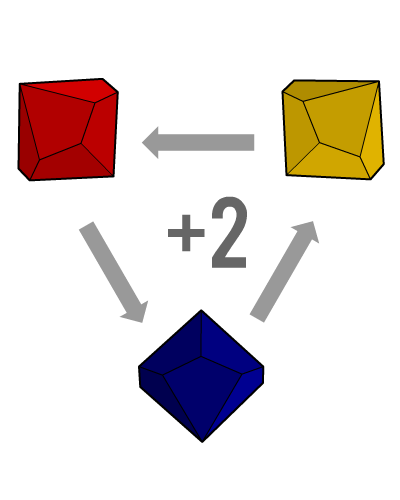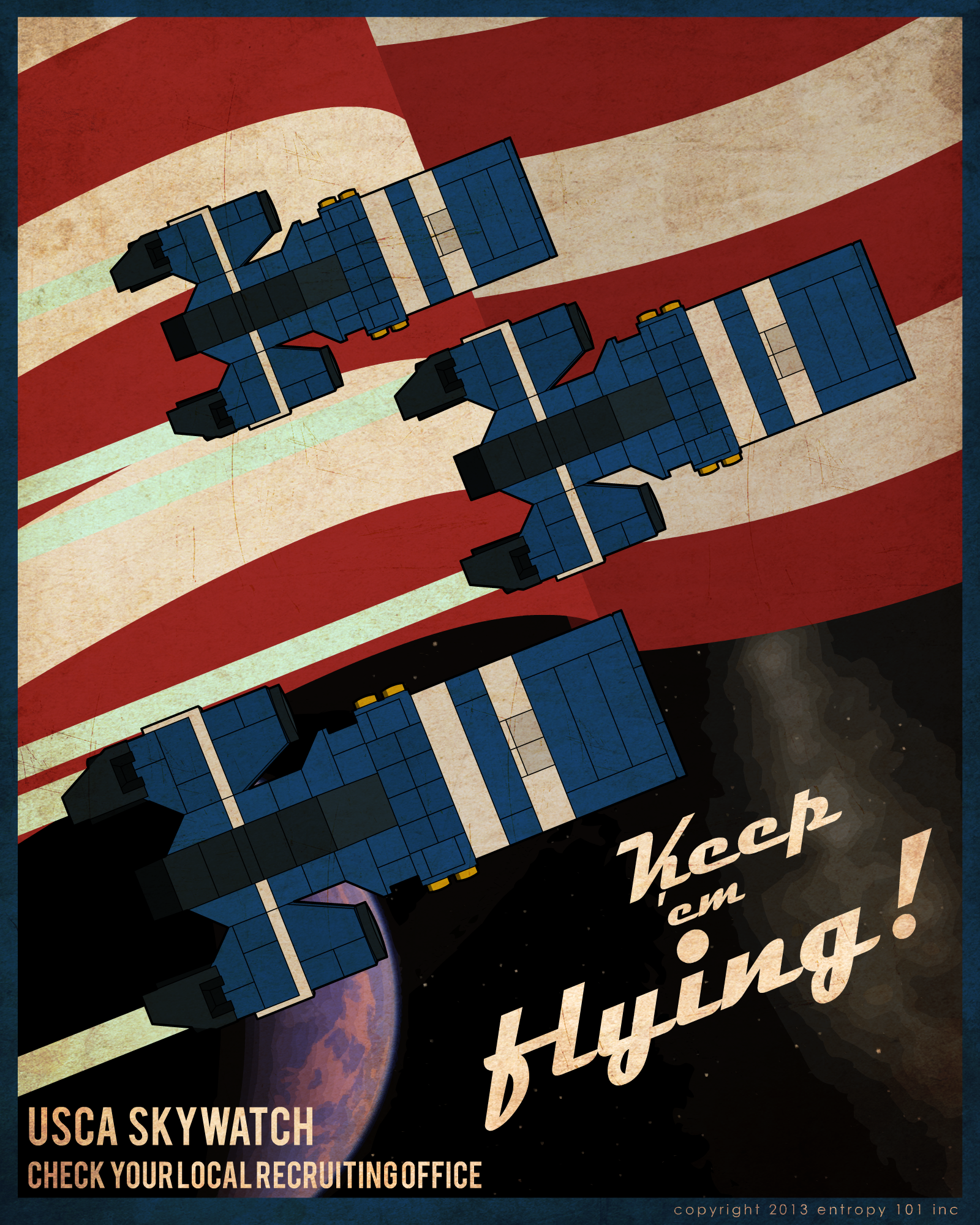Combat
“War does not determine who is right, only who is left.”
-Bertrand Russell
The Infinite Horizon, despite all its grandeur and wealth, is a pretty dangerous place for an unprepared starship operator! Threats abound, manmade or otherwise, and a calm, rational discussion won’t do you much good against that swarm of missiles closing in. Thankfully, due to ESTA security regulations, your ship is equipped with an onboard weapon system to deal with such occurrences.
Less fortunately, so is everyone else’s!

Combat in Infinite Horizon is dealt with using opposing rolls from two ten-sided dice, or D10s. To initiate combat, your ship must be in the same orbit as another player’s ship or outpost, and one block of fuel must be spent to close to combat range. The attacker and defender both roll their dice at the same time; if the attacker rolls a higher number (with the zero value on the die representing a value of 10), then the attack is successful and the defender takes damage (with an upgraded base value of three). Likewise, if the defender rolls higher, the attack is deflected and the defender takes no damage. If the value of both dice is the same, then there is a weapons malfunction and both vessels take one point of armor damage.
Of course, the defending vessel is not just some sitting duck; they too can spend one block of fuel to counterattack, at which point the roles are reversed and the combat process takes place once more. After such an engagement, both vessels move outside of combat range, and combat ends.
Simple enough, right?
Of course, your ship (and everyone else’s) is equipped with three basic weapons types: Energy Beams, Ship-to-ship Missiles, and Mass Drivers, all represented by a different colored D10. Each type of weapon type has a strength and weakness to other weapon types. For example, Beams are incredibly effective against Mass Driver projectiles, but don’t do very well against incoming Missile fire. If a weapon type successfully counters its opposing weapon, that roll gets +2 added to its value.

At the beginning of combat, the attacker and defender will choose a weapon to deploy (represented by a colored D10), without showing the other player. When the rolls are made, weapon bonuses or maluses are applied; for example, if the attacker rolls a Beams value of 5 and the defender rolls a Drivers value of 6, the outcome actually ends in the favor of the attacker.
Other modifiers can be in play during combat; during a player’s Tactical phase, he or she can choose to spend any onboard resources to provide bonuses during combat for one full round. For example, if a player spends a unit of Uranium, their damage output gets a bonus of +1 over its base value. These temporary upgrades are stackable as well, with an overloaded courier being capable of adding a potential +3 to its damage output.
Similarly, certain tactical modules also provide direct combat bonuses. A Defense Booster MK1 for example will reduce all incoming damage by one point, while a Weapons Booster MK2 will add two points of damage dealt in a successful attack. Fielding the right tactical upgrades and resources can mean the difference between victory and defeat.
Finally, a particularly savvy tactical operator may choose to instead target specific ship systems, rather than just hull armor. A player may attempt to target an installed Utility or Tactical module, or even onboard cargo. Combat plays out as usual, but if the attack is successful, the targeted installation is destroyed while the defending vessel takes no armor damage at all. Destroyed modules must be reinstalled at that vessel’s cradle; destroyed cargo is lost for good and must be reharvested.
 Whew, that was quite a lot to cover! That’s it for Spaceship week, folks. Thanks for tuning in, and why not grab a poster on your way out? Next up, we’ll be covering some of the other various aspects of the game, such as celestial objects and getting around star systems, as well as some future history on the world of 2108, so watch the skies!
Whew, that was quite a lot to cover! That’s it for Spaceship week, folks. Thanks for tuning in, and why not grab a poster on your way out? Next up, we’ll be covering some of the other various aspects of the game, such as celestial objects and getting around star systems, as well as some future history on the world of 2108, so watch the skies!
